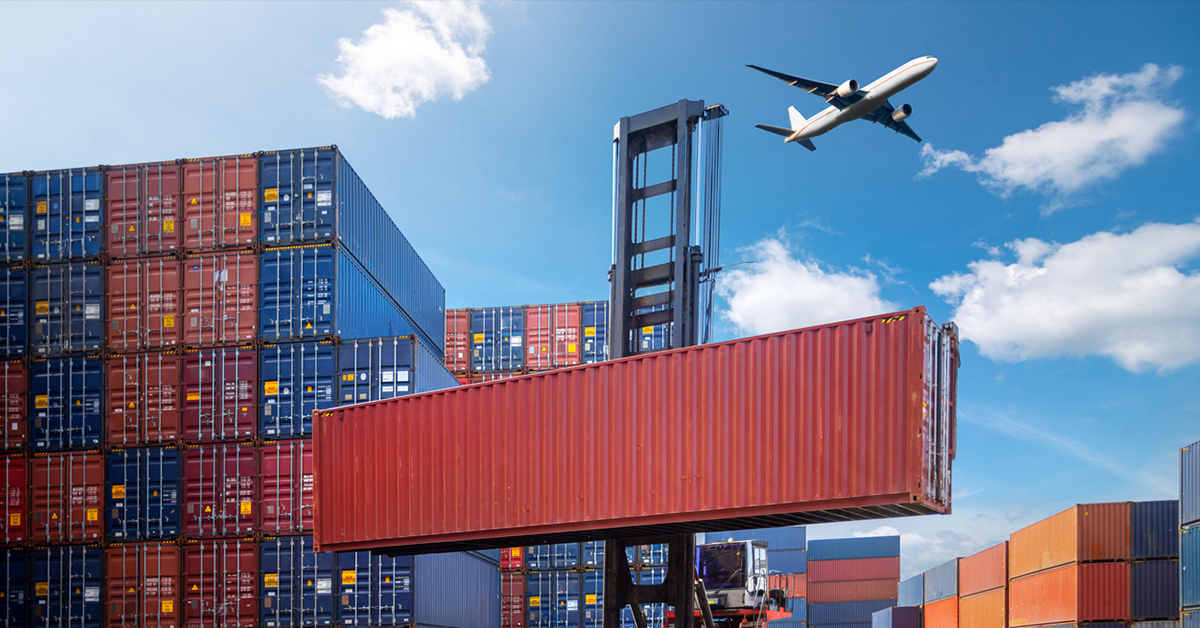Over the past year, as the nation struggled to deal with the global pandemic and the changes it brought with it, truck carriers have sustained the country in many ways. From carrying cargo to keeping shipping lanes open, truckers, carriers, and management alike helped hold supply chains together during the COVID crisis. Despite this impact, many carriers also struggled to make ends meet and survive in 2020. According to Trucks.com, “While commercial truck fleets can competently operate hundreds to thousands of vehicles, collecting and interpreting truck data is still a new process for many. Fleets typically lack the tools and resources needed to properly monitor and analyze the volume of data they receive to make critical decisions.” For 2021 to end up a better year as far as profits go, truck carriers need to focus on analytics and operational efficiency by taking advantage of available tech and innovations.
The Causes of Poor Truck Carrier Profitability
The freight recession of early 2019 unfortunately continued at the onset of 2020, but with the global pandemic, it became something entirely different. Profits among truck carriers of all sizes ended up nearly non-existent due in part to the unprecedented demand for spot freight rates. Staying afloat was near impossible. Those that have survived the year now face an uphill climb of recovery. However, there is still much that can hold back carriers and shippers. Many of these also do not directly relate to the pandemic’s disruptions. If the following issues are addressed, truck carriers can see increased profits.
- Poor Management Practices. When managers cannot do their job efficiently, it impacts the entire network.
- Refusal to Embrace Technology. Holding onto old and outdated processes and methods will cause chain problems.
- Lack of Accountability Among Teams. Team members must all remain accountable for the supply ecosystem.
- Little to No End-to-End Visibility. When visibility is limited, it’s easier for significant issues to go unaddressed.
- Inadequate Consideration of Fees/Costs. Every penny counts, and waste can quickly lead to diminishing profits.
- Inability to Utilize Data and Analysis. Even when data gets collected, it does no good if it cannot be used.
Focusing on adapting to customers’ ever-changing needs and demands is vital for truck carriers. When carriers are prepared for disruptions they can help shippers of all sizes stand a better chance in 2021. It’s the old saying dialed-up: “enterprises cannot prepare for what they do not know. And 2021 is the continuation of the unknowns of 2020.” It’s time to start thinking that way and looking for ways to maximize fleet utilization, leverage available resources, and overcome efficiency barriers. And speaking of efficiency, that plays into the continuing conversation surrounding analytics within logistics too.
Analytics Build Operational Efficiency Within Load Management
Almost every industry, even those still primarily based in brick-and-mortar warehouses, utilizes data in some way. It also represents a growth strategy for truck carriers and freight managers. Among those who use many trucks in their fleet, this is a crucial step to take. Shippers and logistics teams need to leverage data and implement changes based on that data. This allows them to hone their operational strategies within the supply chain.
Ways Analytics and Technology Improve Truck Carriers’ Profit Margins
While few argue that innovation and technology will help improve analytics and overall performance, not all shipping managers understand how it can help improve profit margins:
- Increased throughput with enhanced cargo space and shipper max loadout.
- Maximized profitability per load by allowing managers to pick high-pay orders.
- Less deadhead by reducing missed shipment loads and lowering empty load miles.
- Increase space utilization and the ability to carry different types of cargo easily.
- Reducing wait times, less downtime, fewer disruptions, and less dock dwell time.
- Increased overall reporting, better data collection, and personalized analysis.
- Faster and more accurate invoicing and better response to customer complaints.
Making it easier for truck carriers to increase profits must become a larger part of keeping up with the industry’s times.
Increase Profitability in Your Fleet With Collaborative Logistics
Truck carriers and freight managers represent the national supply chain network’s lifeblood. A clear picture of this arose during the COVID pandemic and even during early recovery. One critical step entails accepting digital analysis, data, and technology. Many carriers struggled to make ends meet and survive in 2020, but it does not have to continue this way, moving into 2021. Contact Turvo today to request a consultation of your own.








